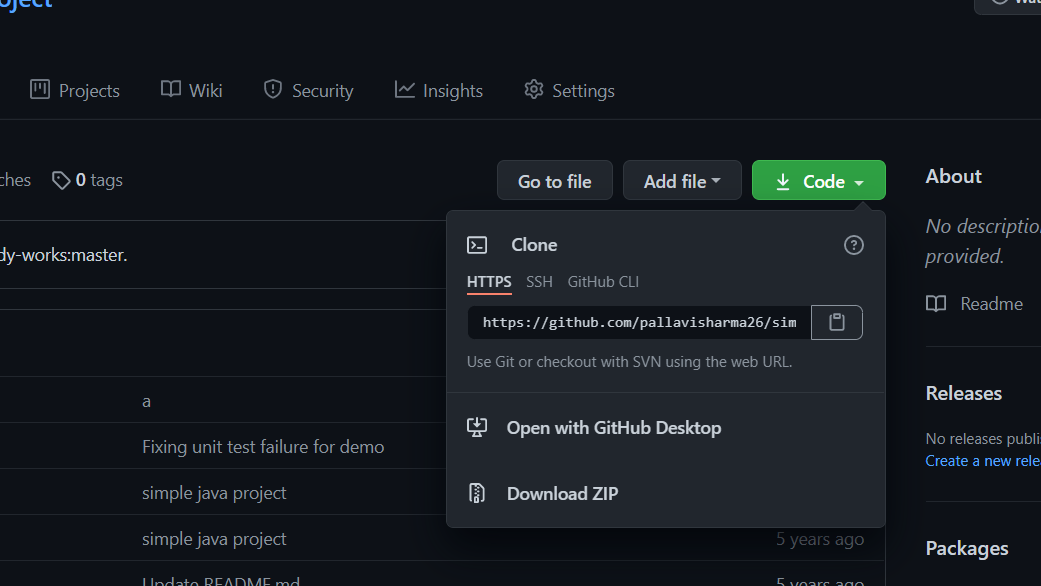

- HOW TO USE ECLIPSE FOR MULTIPLE LANGUAGES SOFTWARE
- HOW TO USE ECLIPSE FOR MULTIPLE LANGUAGES CODE
- HOW TO USE ECLIPSE FOR MULTIPLE LANGUAGES WINDOWS
It gives access to the stored history of all the changes made and enables the user to compare the modifications graphically. Eclipse manages resources in projects, and by default, the projects are managed by the workspace component via the Eclipse directory, including the code.
HOW TO USE ECLIPSE FOR MULTIPLE LANGUAGES WINDOWS
E.g., in Linux, it looks like a Linux application, and similarly, in Windows, it replicated a windows application. It is targeted to the operating system and replicated in the native application. Whenever a user loads different plug-ins, the changing menu systems and windows are displayed with the workbench. The workbench component is the basic window displaying the menu and toolbars.The kernel has a warning system that alerts if a workable Java installation cannot be located to run the rest of the application.
HOW TO USE ECLIPSE FOR MULTIPLE LANGUAGES CODE

Each plug-in can describe extension points that help navigate through probabilities for functionality contributions by other plug-ins it includes both code and non-code.
HOW TO USE ECLIPSE FOR MULTIPLE LANGUAGES SOFTWARE

Even though IBM does not acquire any income from this venture, it assists the community with development. IBM contributes code to Eclipse establishment and maintenance. Natures are assigned to each project which specifies the purpose.Įclipse is planned, owned, and created by IBM, and IBM has contributed it to the open-source community. Grouping and categorization of files in the Eclipse project occur via buildable and reusable units. An Eclipse project is a configuration, binary file that is open-sourced and task-specific. If any data is changed via view, automatic changes happen to the underlying data. The Git version controlling system is also supported and compatible with Eclipse IDE.Įclipse offers navigation, viewing, editing of the data in a systematic hierarchical structure. Constructed for standard Java development, Eclipse IDE also contains typical packages such as support for Maven and Gradle.

Storage of components such as projects, source files, images, and other files are stored internally or externally of the workspace. It is used to store meta-data to develop artifacts. Eclipse can also work with LaTeX to construct documents via a TeXlipse plug-in and develop packages for software Mathematica.Įclipse uses a workspace where the physical location of the file path is present. However, it is also used to build applications and code in other programming languages through plug-ins, like ABAP, C, C++, C#, Clojure, COBOL, D, Erlang, Groovy, Haskell, etc. The language script of Eclipse is Java therefore, it is primarily used for developing Java applications. It is used for customizing the environment by using a base workspace and an extensible plug-in system. Eclipse is an IDE Integrated Development Environment used in programming.


 0 kommentar(er)
0 kommentar(er)
